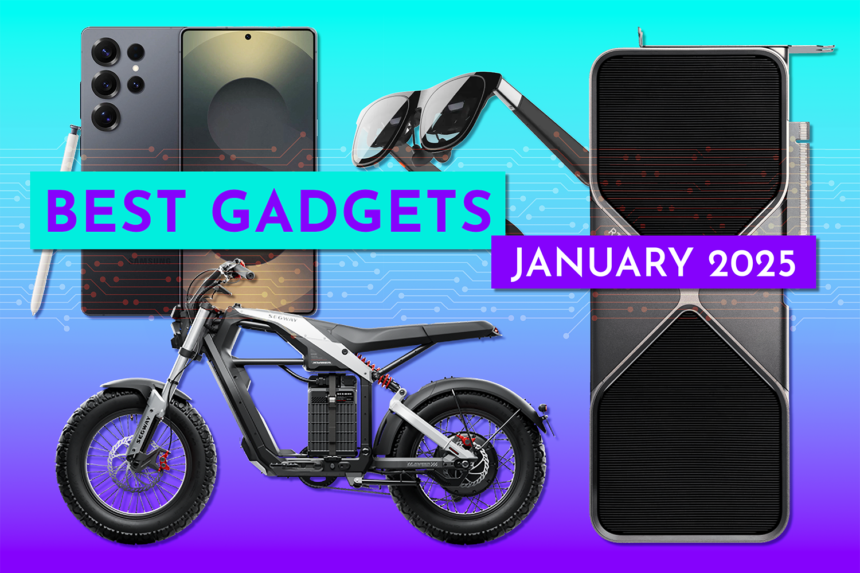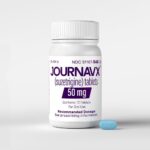January has come and gone, and we’re already exhausted by 2025 for several big reasons. CES normally brings out enough off-the-wall tech to fill our baskets. This year’s big tech showcase included a few surprise products that seemed honestly great, from earbuds to e-bikes to AR glasses. After the festivities died down, the best gadgets of January included the new Nvidia GeForce RTX 5090 and 5080 GPUs, which have already proved so popular you can’t buy one anymore. Then, Samsung unveiled its new Galaxy S25 phones with all the AI capabilities we expected they’d have. Buckle up, as 2025 is only going to ramp up from here.
One UI 7 on the Galaxy S25 Ultra. You’ll have to pay for this Kuromi look!
The first big release of the year is the shot across the bow for agentic AI in phones. The Galaxy S25 series packs a few minor improvements to Samsung’s flagship mobile devices, including slightly lighter frames and slightly smaller bezels. Even with small camera improvements, the big update to the Galaxy S25 Ultra was its new AI capabilities. Neither the ‘Now Briefi widget nor the personal AI add too much to the device. The cross-app capabilities aren’t fully realized either. Still, the $1,300 Galaxy is a speedy, pretty, and versatile phone, even if it doesn’t offer a big reason to upgrade from a Galaxy S23 or S24.
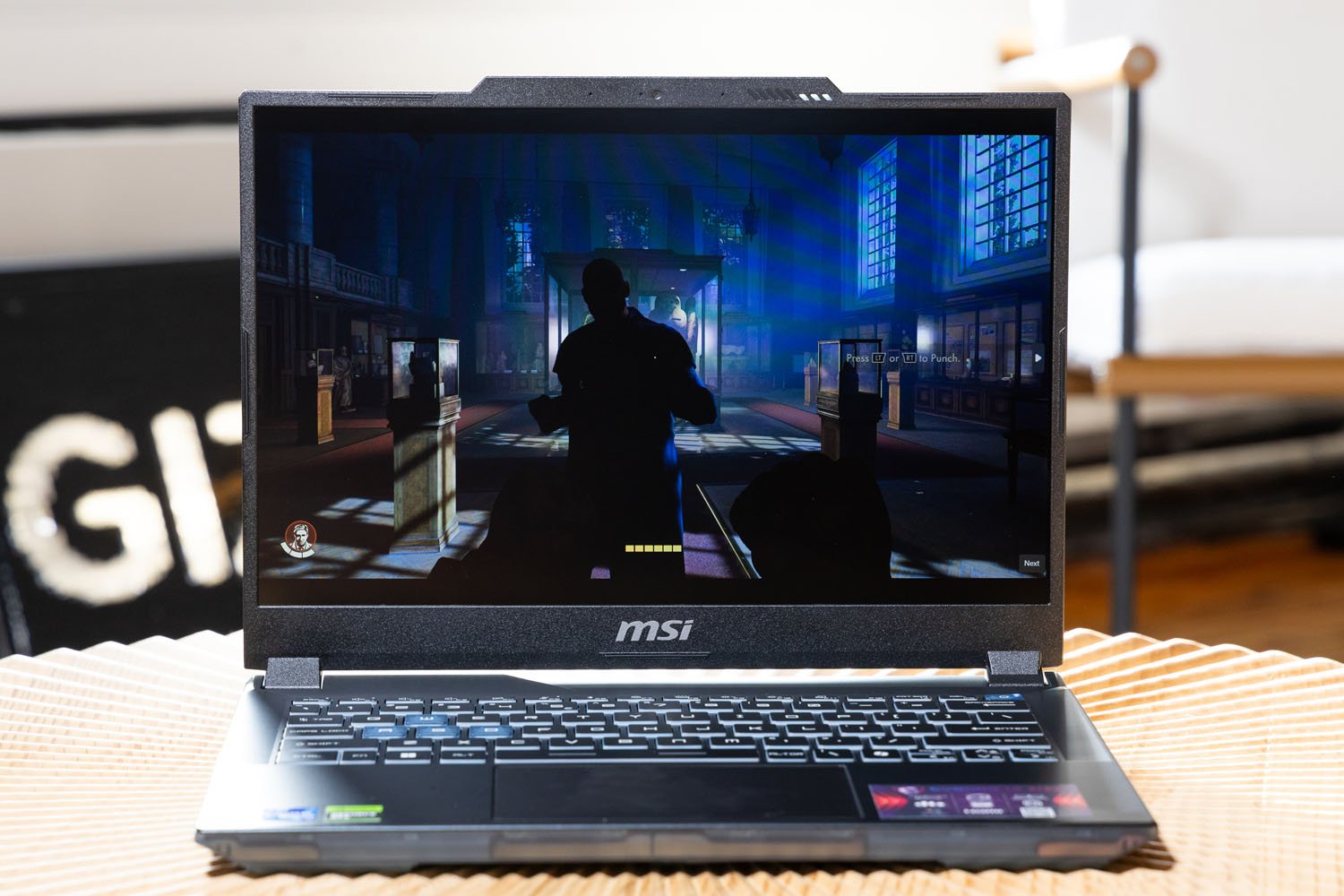
Just because Nvidia’s latest GPUs have hit the scene doesn’t mean you shouldn’t consider cheaper gaming laptops with previous-gen hardware. The MSI Cyborg 14 offers some strong performance in many games despite its size, and it looks the part, too, with its elements of see-through translucent plastic. It misses out on an RGB backlight keyboard for gamers who want to feel like gamers. It also doesn’t have the brightest display or the best sound. Instead, it offers the baseline of what you need for gaming with a Nvidia RTX 4060 and Intel Core i7-13620H for $900.
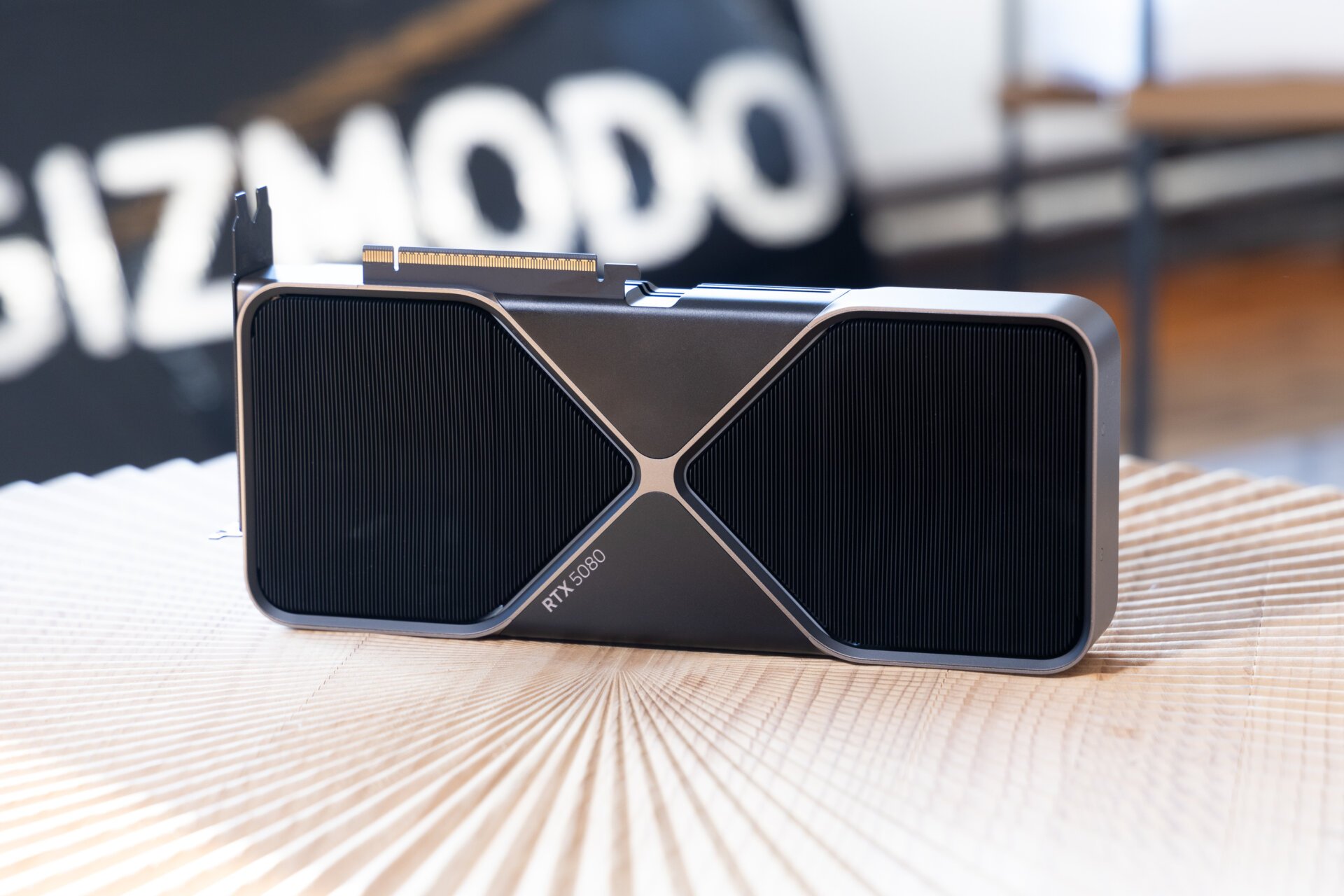
The $1,000 Nvidia GeForce RTX 5080 is one of the most controversial graphics cards that come from Nvidia. It doesn’t showcase stellar performance over the RTX 4080 or 4080 Super, though each was released at similar price points. It’s not as obscenely fast or obscenely expensive as the new RTX 5090, either. And yet, for the sake of playing your games at 4K with all the ray tracing bells and whistles, Nvidia’s $1,000 GPU is just about right. The Founders Edition is a sleek, two-slot card that can fit into most modern towers. The biggest boon is DLSS 4 and the addition of Multi Frame Gen. This means you can turn on all the settings you may want and still manage to get over 100 FPS in the most demanding titles.

For the sake of phones you can’t easily get in the U.S., the Oppo Find 8X Pro makes us realize exactly what we’re missing. The Pro-level Oppo device looks great with the pearl white color and its large Hasselblad camera wheel. Better than that, it includes some of our favorite features from the iPhone, such as a programmable action button. The bright display, solid performance, and camera are all what one should expect from a premium device, although without the ultra-high resolution you expect from a near-$1,000 product. Its main issue is its availability. Oppo’s usual North American counterpart is OnePlus, but there’s no equivalent to the Pro version of the Find 8X.

You may be asking, who the hell needs an expensive, high-powered gaming tablet? Until you use it, you may start to see the appeal. The RedMagic Nova tablet starts at $500. Still, for that price, you get a powerful overclocked Qualcomm Snapdragon 8 Gen 3 processor and a bright display made for taking your mobile Android titles and pushing them to their limit. Its biggest issues are the pre-installed bloatware and the obtuse Game Space UI for navigating all your select games. It also lacks a headphone jack, which is a sad touch. But otherwise, you can’t get much better for a 10.9-inch tablet for playing Wuthering Waves or whichever is your mobile game of the moment.
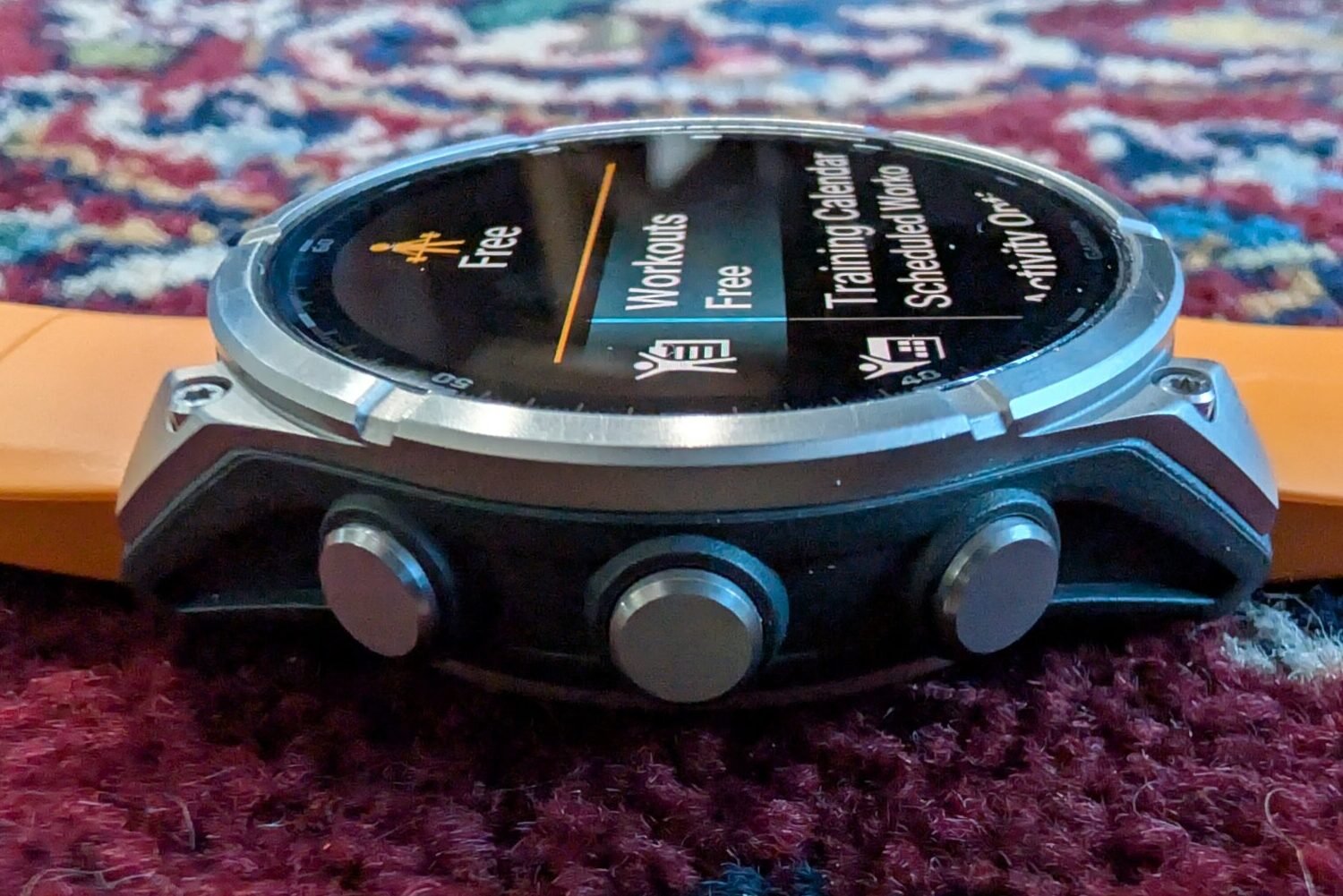
The ultra-high-end Garmin Fenix 8 is supposed to be the top-end of sports smartwatches, and it shows. The 43mm version at $1,000 (and 47mm AMOLED for $1,100, as tested) screams premium, but it’s made for the outdoorsy types who may want to run a few miles before donning a wetsuit and going snorkeling. It has a 15-day battery life and a solid GPS with strong heart rate monitoring and the ability to track ECG readings. For sports, it also does a strong showing for all sorts of athletic activities. If the Apple Watch Ultra 2 is premium at $800, the Garmin Fenix 8 is at the absolute top of the pile.
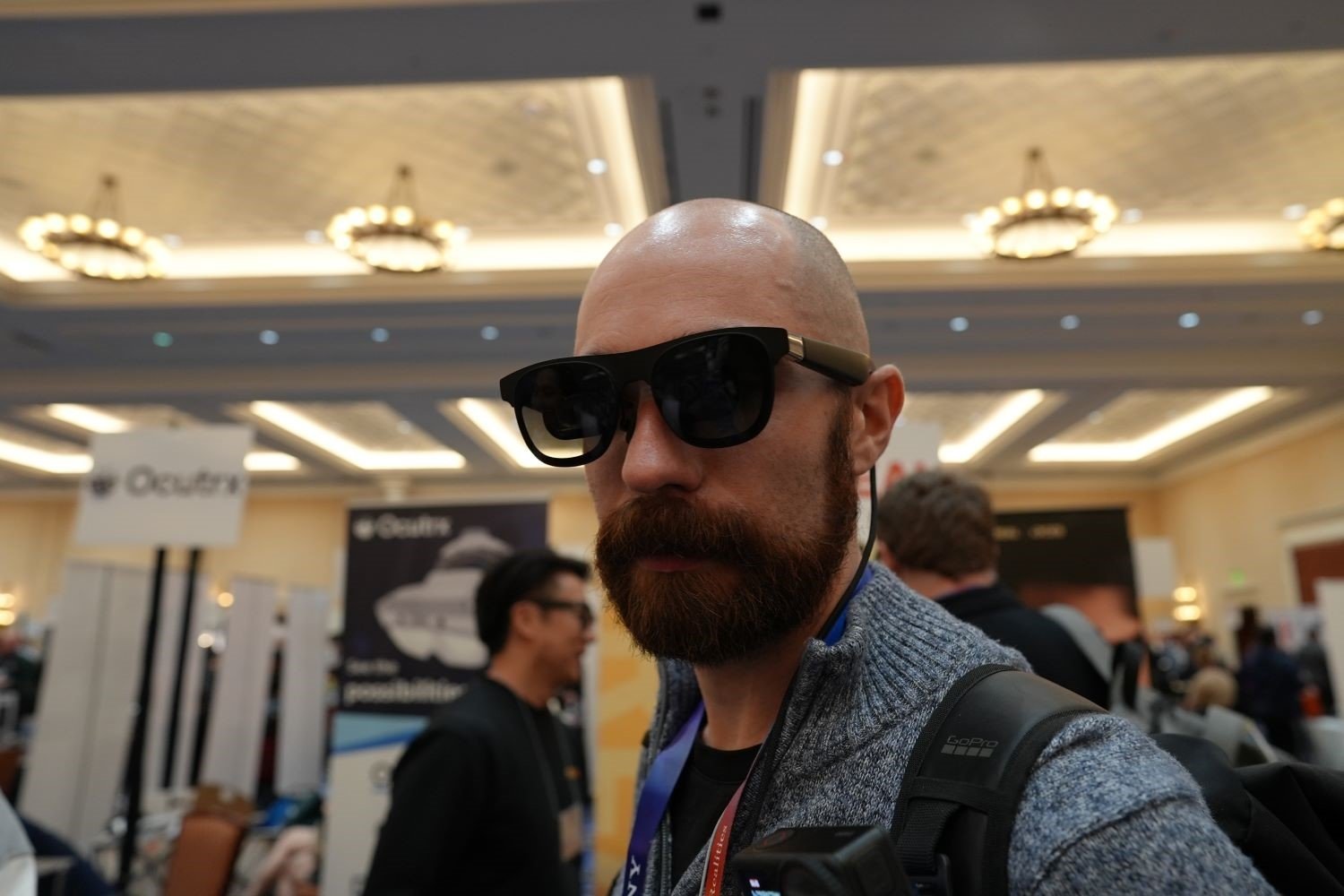
For the sake of all the AR glasses we used at CES this year, the XReal One Pro at $600 was simply the most usable of the bunch. It’s less altered reality and more of a secondary screen, but that’s not a bad thing. It offers the ability to control the size and orientation of your mirrored screen. Plus, you can use it with a MacBook or PC to generate a faux ultrawide display right in front of your eyes. They may not include any random AI capabilities, but they’re better since they’re one of the few pairs that may work for use every day.
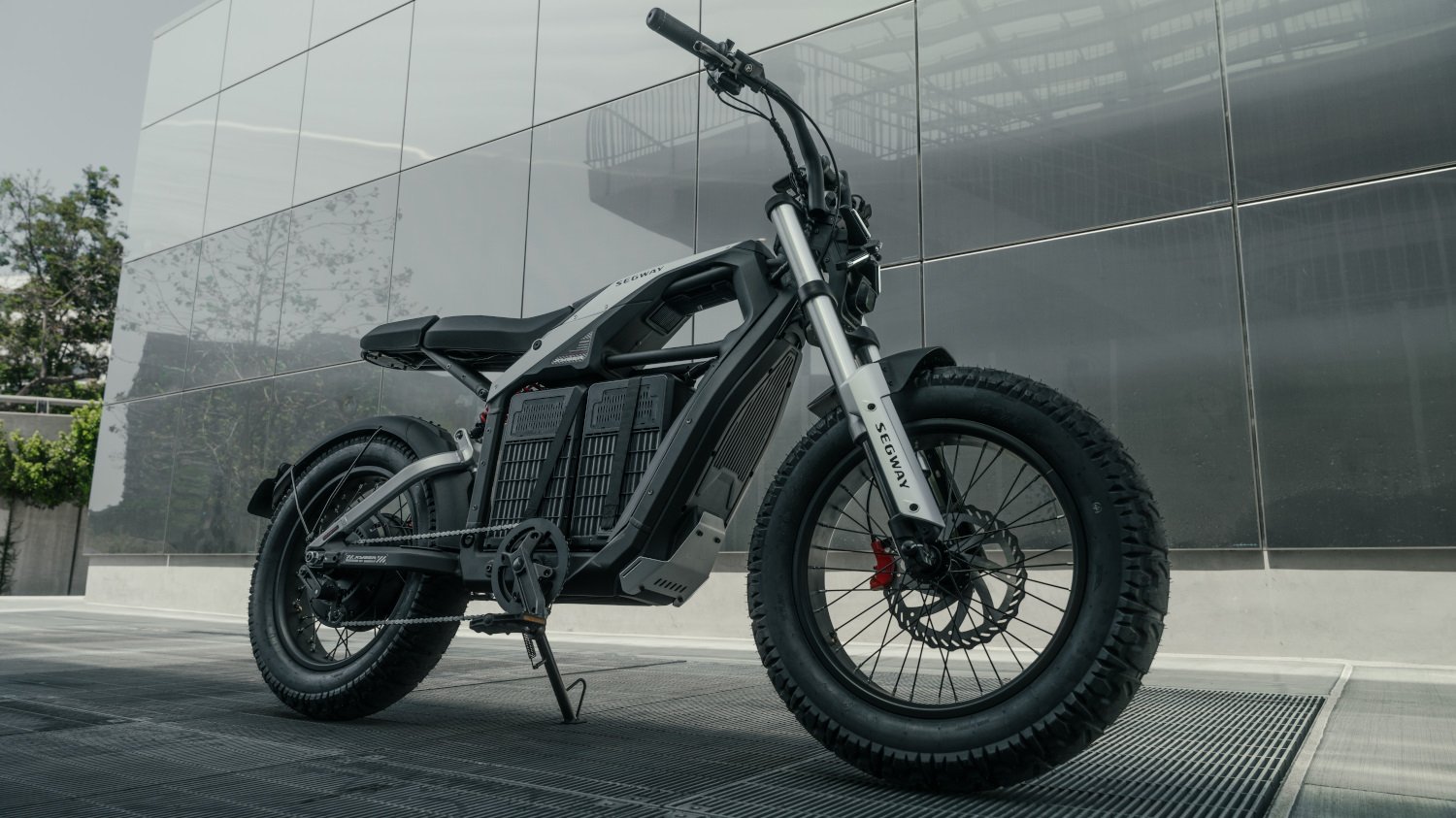
The Segway Xyber is the e-bike for the kinds of folks who, like their favorite pets, get the zoomies. The $3,000 e-bike has a top speed of 35 MPH, which is already plenty fast for any kind of e-bike, but it includes a dual battery that should be able to go 56 miles off one battery or 112 miles off both. We drove it around at CES, and it indeed feels more like a motorbike than an e-bike, despite the pedals. We’re just waiting for the device to come out later this year, when Segway promises there will also be a street-legal version later this year.
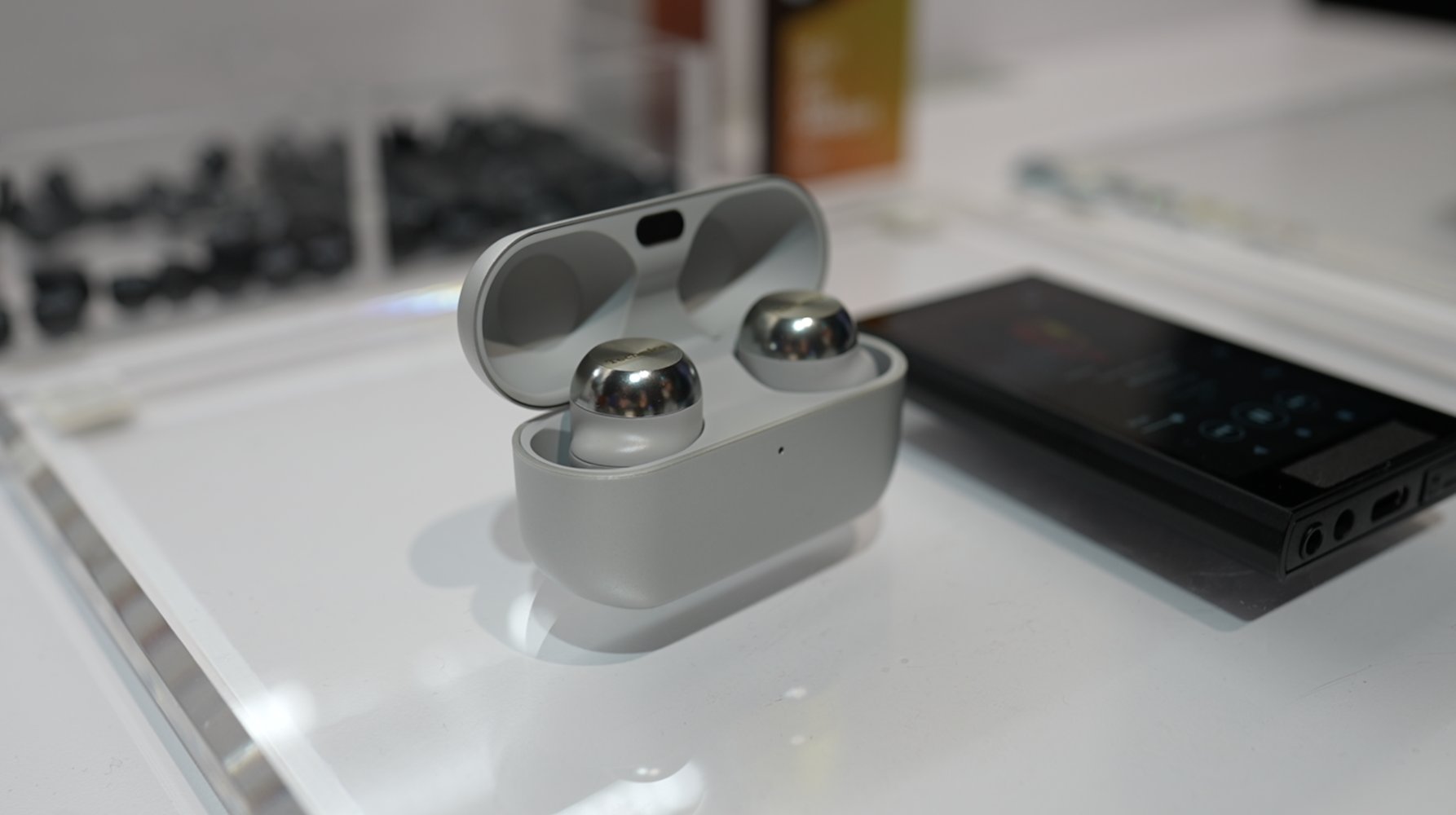
When Panasonic proclaimed that its “magnetic fluid drivers” would make its new flagship earbuds stand out for HiFi audio, I didn’t expect too much. ,However, when I actually got my hands on the $300 EAH-AZ100 buds, I was taken aback by the clean audio spilling out of the comfortably shaped buds. Combined with solid bass and noise cancelling, the EAH-AZ100 truly feels like the premium earbuds they claim to be.
Read the full article here

